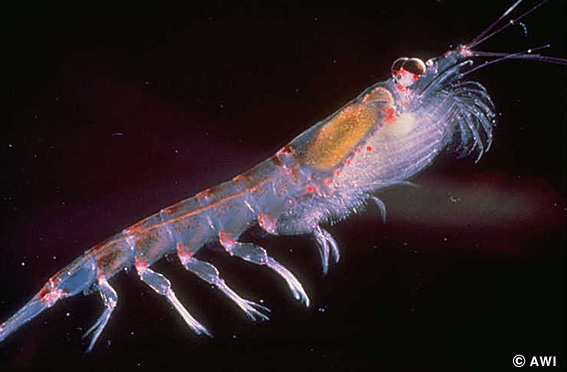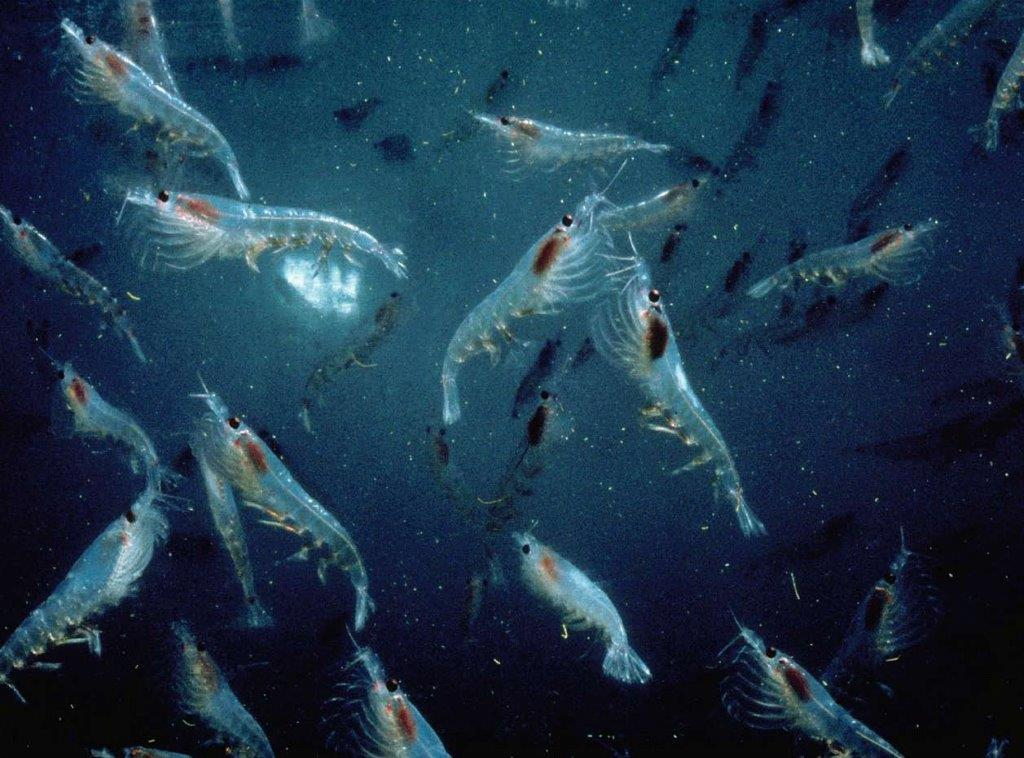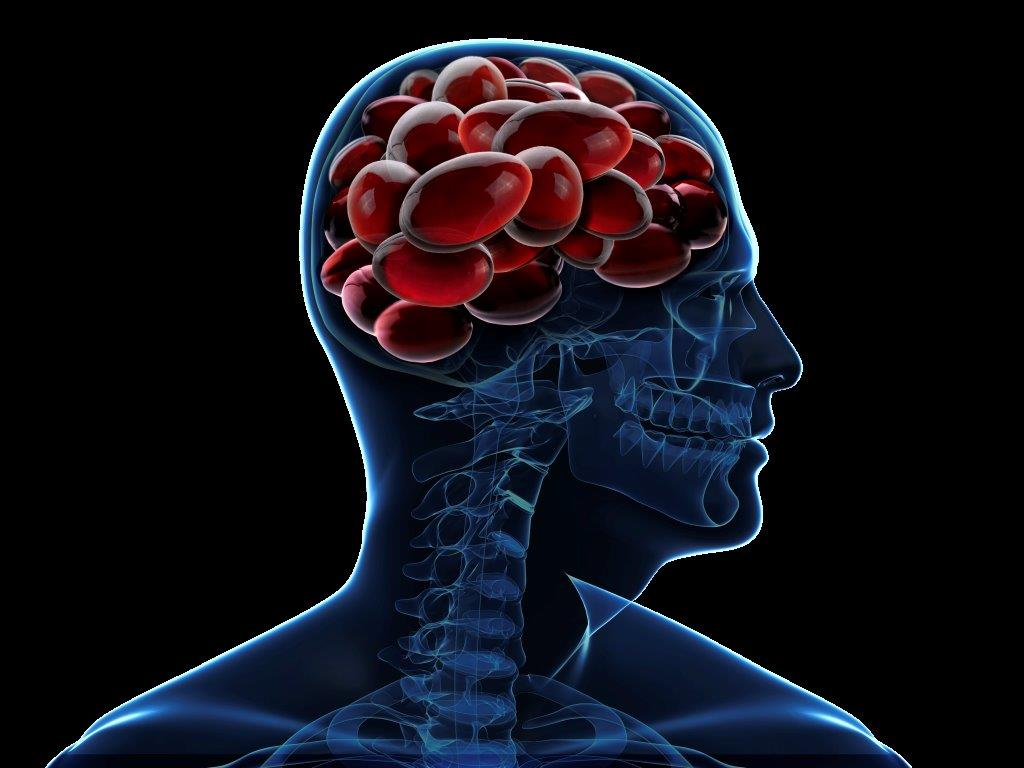Frequently Asked Questions
What is so special about Tri-KRILL™ oil?
Tri-KRILL™ oil contains no less than 42% phospholipids and 6mg of astaxanthin in each 500mg capsule, the highest of any krill oil product on the market. Every batch is tested for contaminants and heavy metals. We feel we have set the highest standards for quality in our krill oil. It is also independently tested with 3rd party testing.
How is Tri-KRILL™ oil manufactured?
Our Tri-KRILL™ oil is manufactured at a state-of-the-art manufacturing facility that has been working with nutritional lipids for over 12 years. This facility is recognized worldwide for its standards and the quality of lipids they produce.
How is the krill oil harvested?
Each trawler is allowed to harvest during the main season and only about 1% of the allowable limit is actually harvested. Krill harvesting is among the most regulated of any harvesting or fishing methods in the oceans.
 Krill Oil is a unique source of omega-3 fatty acids, choline, and astaxanthin. Krill Oil is a unique source of omega-3 fatty acids, choline, and astaxanthin.
 What are Krill and where do they come from? What are Krill and where do they come from?
Krill is the common name given to the Euphausiacea of shrimp-like marine crustaceans. Also known as euphausiids, these small invertebrates are found in all oceans of the world.
The common name Krill comes from the Norwegian word krill, meaning “young fry of fish”, which is also often attributed to other species of fish. Krill are found in all oceans of the world but harvested from the Antarctic waters and Southern Oceans.
These small crustaceans fuel the oceans of the world. Krill feed on phytoplankton, microscopic, single-celled plants that drift near the ocean’s surface and live off carbon dioxide and the sun’s rays. They feed hundreds of animals from fish, birds and whales.
Antarctic krill are among the largest of the 85 known krill species and can live up to 10 years.
 Krill oil contains omega-3 fatty acids, which is the main reason it’s a popular nutritional supplement. Krill oil contains omega-3 fatty acids, which is the main reason it’s a popular nutritional supplement.
Krill oil contains a potent antioxidant called astaxanthin.
Astaxanthin has a significant protective role in nature.
Astaxanthin is the red pigment that accumulates in commonly eaten seafood, such as lobster, salmon, trout, red sea bream, shrimp, and crayfish.
Astaxanthin is a carotenoid, the same family of molecules found in carrots, tomatoes, and other colorful fruit. In fact, astaxanthin the most abundant carotenoid pigment found in aquatic animals and the marine world.
The algae that krill eat produce the bright red pigment astaxanthin that gives krill and other crustaceans such as lobster and shrimp their reddish-pink color.
Unlike fish oil, krill oil doesn’t cause fishy burps or an after taste.
Also, krill oil contains higher amounts of astaxanthin than fish oil.
 Is the krill population in the oceans sustainable? Is the krill population in the oceans sustainable?
Our krill is made from Euphausia superba (Antarctic krill). This is one of the earth’s most abundant and sustainable organisms. Antarctic krill is the largest biomass on earth. The total quantity is estimated to be between 500 and 800 million tons. The weight of this biomass is almost double that of all the humans on earth.
The krill harvest is well below conservative international catch guidelines. Most of the harvested krill is used for fish feed in salmon farms and the quantities harvested are less than 1% of the 1% harvested annually.
What is the recommended daily dose of Tri-KRILL™ oil?
The recommended daily dose for each individual may vary with intended use. We recommend adults take 1 capsule a day with breakfast or for therapeutic results take 2 capsules a day with breakfast or as directed by your natural healthcare professional.
Individuals frequently take more than 2 capsules daily in an effort to provide higher amounts of each of the krill oil constituents. Higher dosing use has not been shown to be problematic, as current studies are investigating as many as 8 capsules per day.
What Is Astaxanthin?
Krill oil contains high levels of one of the most powerful natural antioxidants called Astaxanthin. Astaxanthin is a carotenoid molecule from the same family as beta-carotene, lycopene, and zeaxanthin, though astaxanthin appears to be more active in quenching superoxide, hydroxyl, and other radical species.
Recent studies suggest that astaxanthin has anti-inflammatory action, inhibiting cytokine cascades in a number of trials of cardiovascular health, respiratory health, joint health, athletic performance, and others.
Astaxanthins are what gives salmon its red color. Krill get their astaxanthin from small phytoplankton, their primary source of food.
While krill contain natural levels of astaxanthin, we enrich our Tri-KRILL™ with additional astaxanthin to the highest levels available.
Our Tri-KRILL™ contains 12 mg. of astaxanthin. This is in recognition of the tremendous antioxidant value astaxanthin adds to both product stability and clinical outcomes.
 Can people take Krill Oil if they are allergic to shellfish? Can people take Krill Oil if they are allergic to shellfish?
Absolutely not. Talk with your physician if you suspect you are allergic to shellfish or fish. Some krill oil blends also contain some fish oil as a carrier, and fish can end up in the krill biomass as a by-catch. So, if you are allergic to fish or shellfish do not take this product.
What is Choline and what health are the health benefits?
Choline is found in krill phospholipids as part of the phosphatidylcholine molecule. Choline is not found in fish triglycerides.
Choline has critical functions as a precursor to the neurotransmitter acetylcholine. Acetylcholine is the neurotransmitter that is probably most well known for its involvement in Alzheimer’s disease.
If we have adequate levels of choline, we support the acetylcholine neurotransmitter system, which protects attention, focus, memory, and even muscle function. Choline is also one of the body’s most important methyl donors, contributing one-carbon units much like folic acid and vitamin B12.
Choline Deficiency Signs
When choline levels in the diet are not adequate, deficiency signs are most noted in:
- Brain
- Muscles
- Liver
Is Choline Deficiency Widespread?
The added benefit of choline in krill oil cannot be underestimated. In one recent study, 86.2% of female medical students and 90.0% of male medical students did not consume the recommended daily amount of choline.
These amounts have been set by the Institute of Medicine of the National Academy of Sciences at 425 to 550 mg./day. Krill oil phospholipids provide additional dietary choline, which contributes to the daily need.
 What is the difference between Phospholipid vs. Triglyceride Forms? What is the difference between Phospholipid vs. Triglyceride Forms?
Krill oil is a unique source of omega-3 fatty acids, choline, and astaxanthin. One thing that differentiates krill oil from other sources of omega-3 is that, in krill oil, the fatty acids EPA and DHA are bound to phospholipids instead of triglycerides. This phospholipid form is structurally the same as our cell membranes.
Moreover, these phospholipid forms are handled differently in the digestive tract. Phospholipids spontaneously form micelles, which can be transported easily in the aqueous environment. Phospholipids can be absorbed intact or in their lysophosphatidylcholine form.
Triglycerides, on the other hand, are insoluble in an aqueous environment and require bile salts for their emulsification. While triglyceride forms of EPA and DHA remain valuable elements of supplemental nutrition, phospholipid-based forms provide unique benefits that, when coupled with added choline and astaxanthin, render krill oil a novel nutrient complex with significant clinical benefit. |



